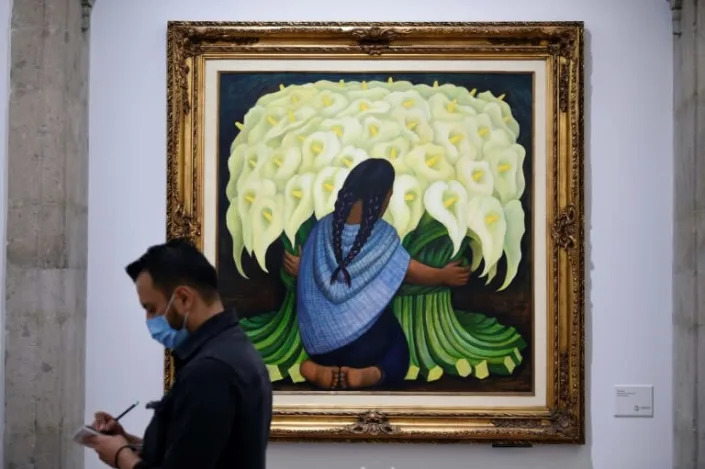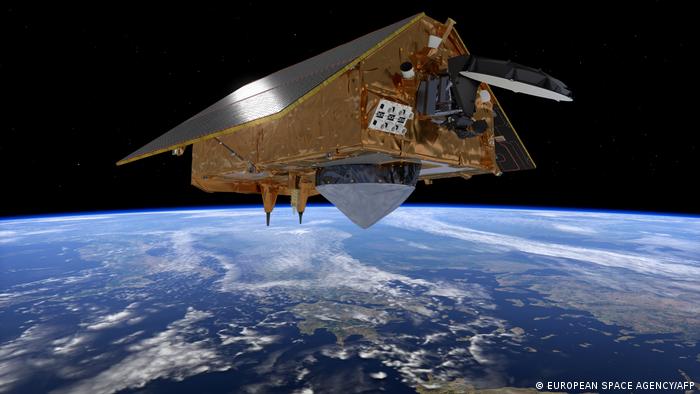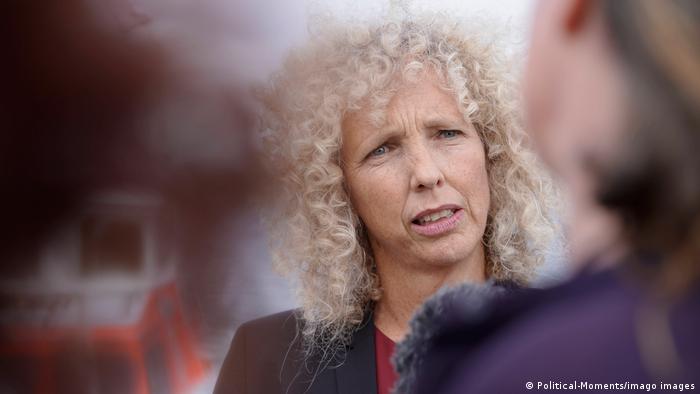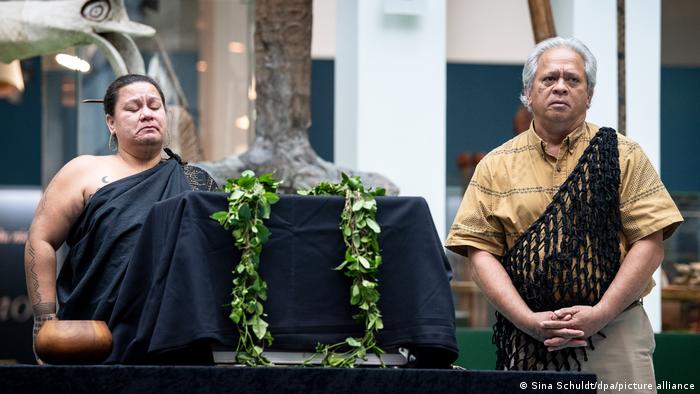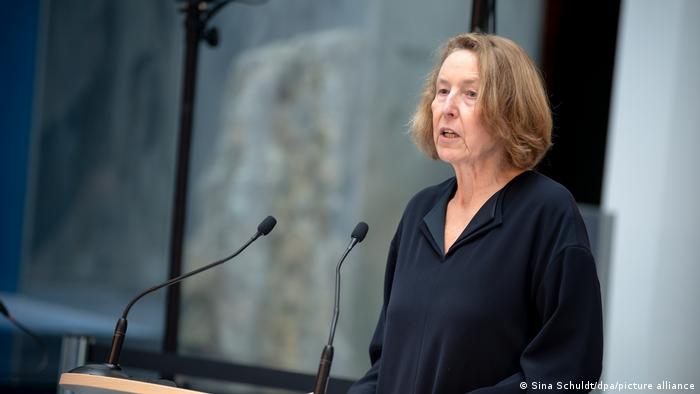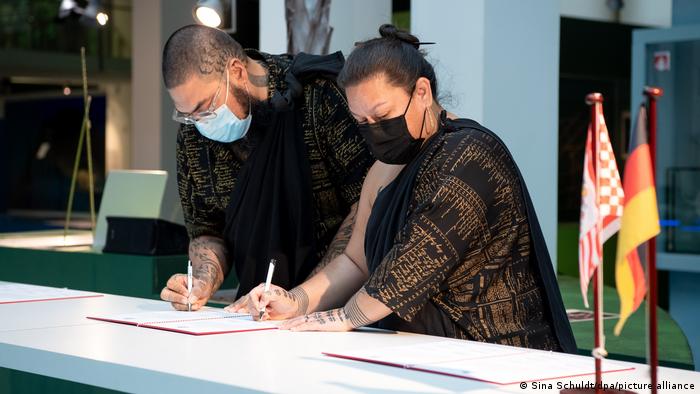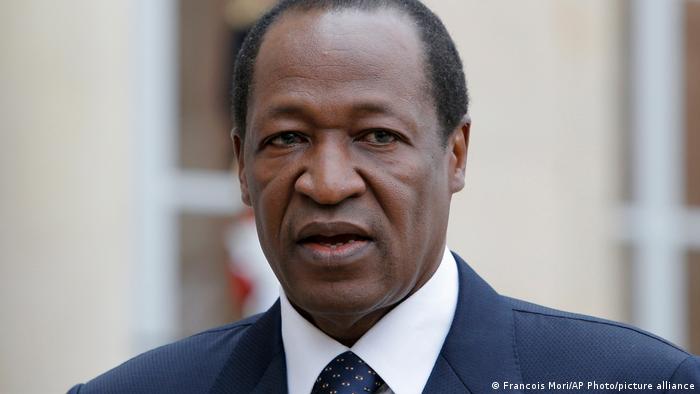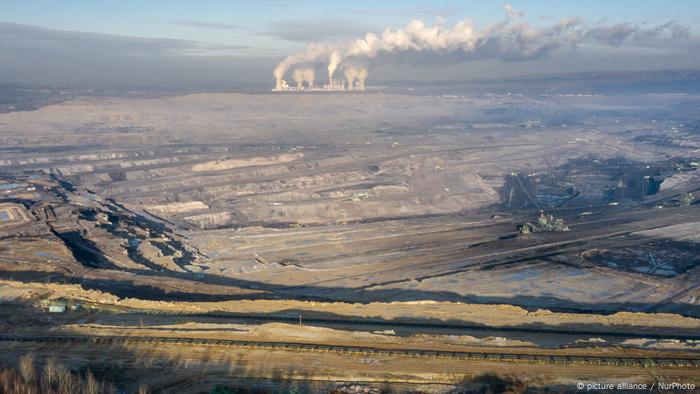Text by: NEWS WIRES
Canadian lawmakers expressed increasing worry Tuesday about the economic effects of disruptive demonstrations after the busiest border crossing between the U.S. and Canada became partially blocked by truckers protesting vaccine mandates and other COVID-19 restrictions.
The blockade at the Ambassador Bridge between Detroit and Windsor, Ontario, prevented traffic from entering Canada while some U.S.-bound traffic was still moving, Public Safety Minister Marco Mendicino said, calling the bridge “one of the most important border crossings in the world." It carries 25% of all trade between Canada and the United States.
Canadian Transport Minister Omar Alghabra said such blockades will have serious implications on the economy and supply chains. “I've already heard from automakers and food grocers. This is really a serious cause for concern," he said in Ottawa, the capital.
Added Mendicino: “Most Canadians understand there is a difference between being tired and fatigued with the pandemic and crossing into some other universe.”
Speaking in an emergency debate late Monday in Parliament, Prime Minister Justin Trudeau said the protesters are “trying to blockade our economy, our democracy.”
Auto parts and other goods were still flowing across the border Tuesday evening, despite the bridge delays. But trucks had to travel almost 70 miles north to the Blue Water Bridge connecting Sarnia, Ontario, to Port Huron, Michigan. Authorities at that bridge reported a nearly three-hour delay for trucks to cross. In total, the trip will take more than five hours longer than normal.
"Anti-government provocateurs"
Flavio Volpe, president of the Canadian Auto Parts Manufacturers Association, said the protesters have no right to park vehicles in the middle of roads. He questioned how many of the protesters were truckers because trucker associations and large logistics companies have disavowed the blockades.
“It is really a collection of kind of anti-government provocateurs,” he said.
The protests also threaten supplies of fresh produce, livestock and other food, Volpe said.
Even a five-hour delay can cause production disruptions because factories are running so lean on part supplies with an already fragile supply chain, said Jeff Schuster, president of the LMC Automotive consulting firm in Troy, Michigan.
“Everything is so ‘just-in-time’ these days,” he said. “We’re still dealing with parts shortages in general and supply chain issues. This is just another wrench in the industry that we’re dealing with right now.”
Trade route blocked
Protesters also closed another important U.S.-Canada border crossing in Coutts, Alberta.
The daily demonstrations staged by the so-called Freedom Truck Convoy are centered in Ottawa, where demonstrators have used hundreds of parked trucks to paralyse parts of the capital for more than 10 days. Protesters have said they will not leave until all vaccine mandates and COVID-19 restrictions are lifted.
Protest organisers have been calling for weeks for the removal of Trudeau’s government, although most of the restrictive measures were put in place by provincial governments.
On Tuesday, the organisers withdrew an unlawful demand that the nation’s governor general, the representative of Britain’s Queen Elizabeth II as head of state, force federal and provincial governments to lift all COVID-19 restrictions, including vaccine mandates. They now say they support Canada’s constitution and the democratic process.
François Laporte, the president of Teamsters Canada, which represents over 55,000 drivers, including 15,000 long-haul truckers, said the protests do not represent the industry in which 90% of drivers are vaccinated.
The Freedom Convoy "and the despicable display of hate led by the political Right and shamefully encouraged by elected conservative politicians does not reflect the values of Teamsters Canada, nor the vast majority of our members,” Laporte said in a statement.
Canada’s largest trucking company is virtually untouched by the vaccine mandate for truckers crossing the U.S.-Canada border, said Alain Bédard, chairman and CEO of TFI International Inc.
“Vaccination at TFI is not an issue at all," he said. The company's few unvaccinated drivers are kept in Canada.
Locals say they are being terrorised
The protests have also infuriated people who live around downtown Ottawa, including neighbourhoods near Parliament Hill, the seat of the federal government.
Dave Weatherall, a federal civil servant, lives near the truckers’ prime staging area in a city-owned parking lot outside of the downtown core. “They’re using the lot to terrorise people,” he said.
“It’s the first time since having kids that I’ve seriously wondered about the world we brought them into. I always figured they could handle most things the world will throw at them, but this feels different,” he added.
Ottawa’s city manager said all tow-truck companies on contract with the city have refused to haul away the big rigs.
Joel Lightbound, a lawmaker for Trudeau’s Liberal Party, rebuked his leader Tuesday for dividing Canadians and said his government needs to create a road map for when coronavirus measures should be lifted.
“It is time we stopped dividing people, to stop pitting one part of the population against each other,” Lightbound said.
"We're all tired of Covid"
Trudeau said everyone is tired of COVID-19, and that the restrictions will not last forever. He noted that Canada has one of the highest vaccination rates in the world.
“This government has been focused every step of the way on following the best science, the best public health advice, to keep as many people as safe as possible. Frankly, it’s worked," Trudeau said Tuesday.
Pandemic restrictions have been far stricter in Canada than in the U.S., but Canadians have largely supported the measures. Canada’s death rate is one third that of its neighbor.
Meanwhile, the Canadian provinces of Saskatchewan, Quebec, Alberta and Prince Edward Island announced plans to lift some or all COVID-19 restrictions, with Alberta removing its vaccine passport almost immediately. A week ago, Alberta's premier said the vaccine passport could be eliminated by the end of March.
Quebec's plan doesn’t include an end to mask mandates or the vaccine passport system.
Quebec Premier Francois Legault said the demonstrators who descended on Quebec City last weekend calling for an end to health measures didn’t weigh on the government’s decision to offer Quebecers a reopening plan.
"Now, if they (demonstrators) want to take credit for this, and then they don’t come back in two weeks, I won’t object to that,″ Legault said.
(AP)

